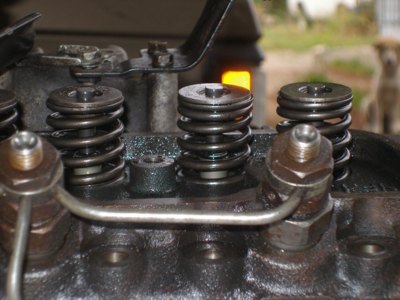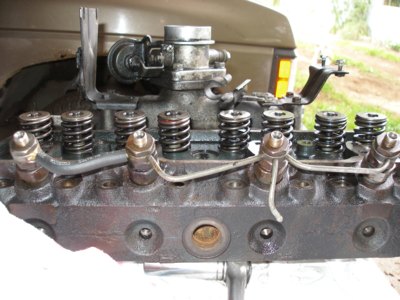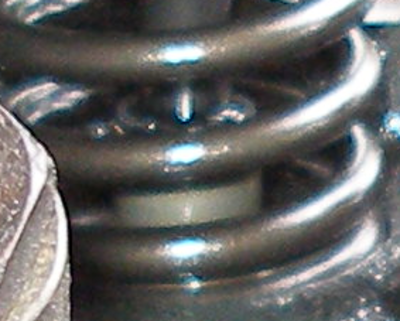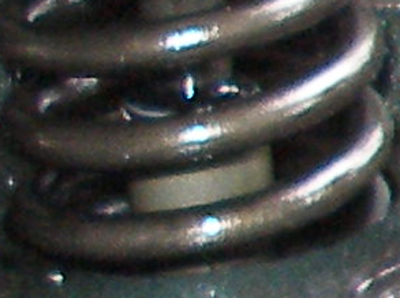asavage wrote:SNIP- Still, I wouldn't think that even eight damaged seals would allow quite that much lube oil in. The top of the valve guide is not under oil, it's just sprayed with it.
Thoughts:
1) Crankcase is
slightly pressured while intake manifold is consideral less air pressue (vacuum). It is the
intake seals that will allow oil to the combustion chamber.
2) Because this is a four cylinder engine, there is a lot of
air turbulence pushing back and forth as two pistons go up while two others go down. This becomes less and less as more cylinders are added together.
3) To this turbulence, add the
oil passing off the rocker arms, and the rockers reciprocating fast. Try this yourself by removing the valve cover cap -while- the engine is above 1500 rpm.
(NOTE:
Next time you refill the engine oil, try filling the valve cover quickly. You can overfill the valve cover quickly ... because ... the oil return passages are rather small.)
4) Exhaust seals leaking will allow very little oil (relatively) adding to the exhaust gases because exhaust pressure is higher than crankcase pressure.
History bit. Long ago, I owned a BMW R100rs motorcycle back in early '80s. The "Boxer" two pistons reciprocated toward and then away from each other. THAT much of crankcase air turbulence was horrendous. So ... BMW made up a reed valve to control crankcase pressure. The result was atmosphere crankcase pressure when the pistons were BDC and then slightly below when the pistons reached to TDC. Without this reed valve, oil would seep out through everything!
The SD25 has a similar reed valve on the valve cover.
Air Control venting







